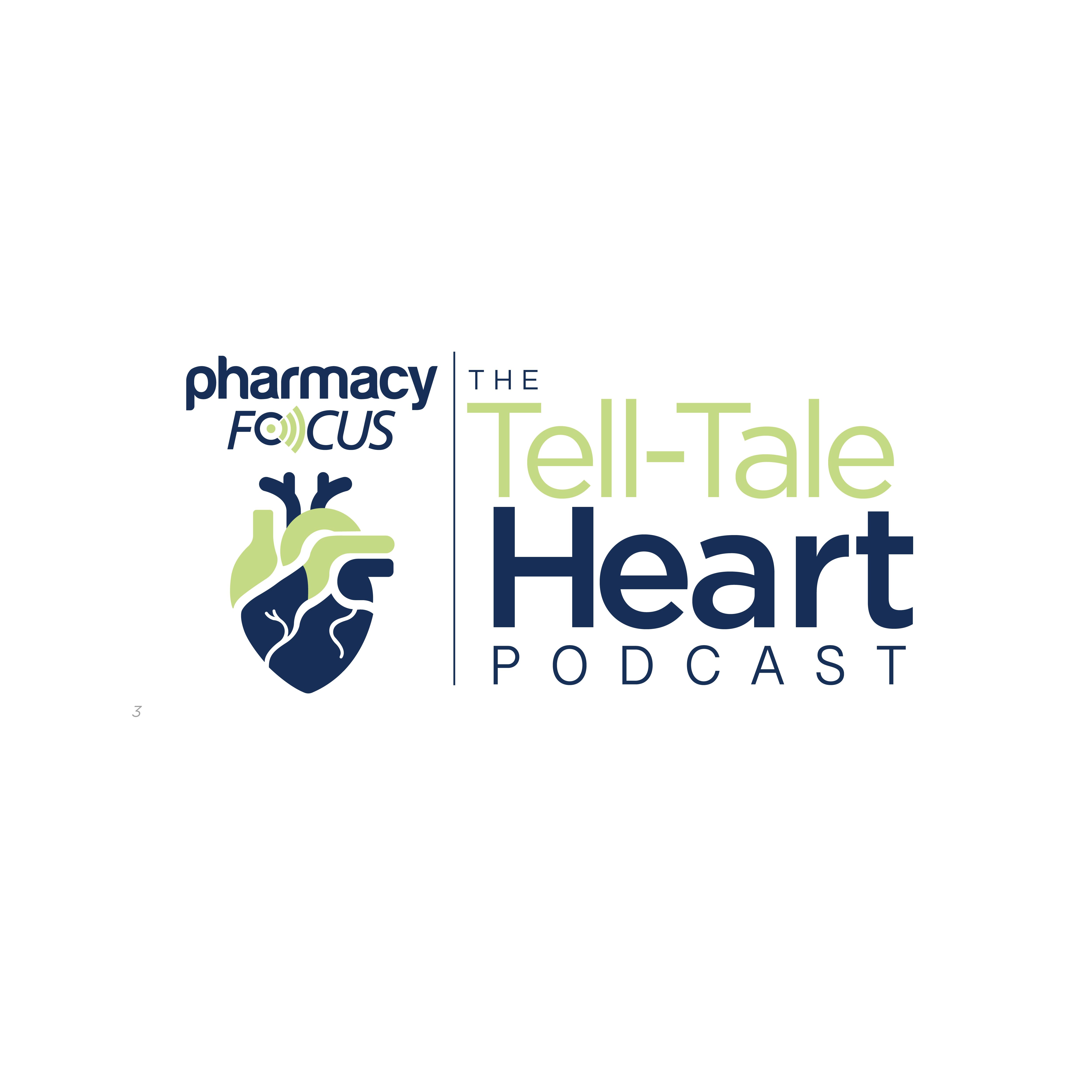News
Article
Elevated Remnant Cholesterol, Lp-PLA2 Linked to Heightened Risk of Composite Adverse Events
Author(s):
Key Takeaways
- Elevated RC and Lp-PLA2 are significant risk factors for stroke, MI, and MACE, with age and sex influencing these associations.
- A 12-year study of 1864 participants showed high RC and Lp-PLA2 levels significantly increase cardiovascular event risks.
Stroke, myocardial infarction, and all-cause death were included in the composite of adverse cardiovascular events.
Elevated remnant cholesterol (RC) and lipoprotein-associated phospholipase A2 (Lp-PLA2) was associated with an increased risk of composite adverse events (AEs), including stroke, myocardial infarction (MI), and major adverse cardiovascular event (MACE), with the associations heavily influenced by age and sex, according to the results of a large-scale prospective study published by investigators in Diabetes, Obesity and Metabolism.1
Remnant cholesterol and Lp-PLA2 can play a significant role in the development of cardiovascular disease and other adverse events | Image Credit: © 7activestudio - stock.adobe.com

Clear Relation Between RC, Lp-PLA2 and Risk of Adverse Events
RC has emerged as a novel lipoprotein marker that is a significant risk factor for type 2 diabetes, cardiovascular disease (CVD), chronic kidney disease, and all-cause mortality. Similarly, Lp-PLA2, a critical biomarker of vascular inflammation and indicator of plaque susceptibility has been proposed as an inflammatory marker of CVD, one that could be used for earlier detection risk. Studies indicate that Lp-PLA2 activity is an independent predictor of ischemic stroke and coronary heart disease.2,3
Given the substantial risk that high levels of Lp-PLA2 and RC have on patients, the study authors proposed that the destabilizing and proinflammatory effects of these factors bolster the risk of cardiovascular events. To assess the impact and risk reclassification capacity of RC and Lp-PLA2 levels, the authors evaluated their association using a composite end point of AEs within an asymptomatic multivascular abnormality community. These insights could give health care providers and pharmacists new markers to look for when conducting multifactor risk assessments for patients at risk for CVD.1
A composite end point of AEs was used, given the recent proliferation of such composite end points for CVD risk stratification due to their more accurate reflection of total vascular burden compared with traditional isolated outcomes. Additionally, this specific patient population was chosen due to the lack of literature on the synergistic effects of Lp-PLA2 and RC on CVD in a large-scale community population, according to the investigators.1
Results Indicate Link Between RC/Lp-PLA2 and Composite AEs
In total, 1864 participants were followed for a 12-year period, with investigators collecting data on clinical characteristics and biochemical indicators from Kailuan General Hospital. RC and Lp-PLA2 samples were each divided into 2 groups based on the median value of expression: high and low levels. Enrollees participated in face-to-face interviews at routine medical examinations every 2 years. Associations of RC and Lp-PLA2 status with outcomes was also evaluated in stratified groups, by the age of 60 years or less versus 60 or more years and gender.1
Over the 12-year follow-up period, 500 composite AEs, including 169 strokes (9.2%), 51 MIs (2.8%), 210 MACEs (11.5%), and 342 all-cause deaths (18.7%). Among these, patients with high RC and Lp-PLA2 experienced 58 stroke events (12.1%), 13 MI (2.7%), 70 MACEs (14.6%), 127 all-cause deaths (26.6%), and 175 composite end points. According to a Kaplan-Meier analysis, there was a significant cumulative risk increase of cardiovascular events in participants of high-RC/Lp-PLA2 from those with low-RC/Lp-PLA2.1
Moving to direct associations of RC and Lp-PLA2 levels, investigators found an adjusted hazard ratio (aHR) of 1.43 (95% CI, 1.07–1.91; P = .030) for incident composite AEs among participants of high RC/Lp-PLA2 compared with the reference group of low RC and Lp-PLA2 levels. Following adjustments of possible confounders, participants with solely elevated RC, solely elevated Lp-PLA2, and elevated RC plus Lp-PLA2 were independently associated with a 73% (aHR: 1.73 [95% CI, 1.13–2.62]), 150% (aHR: 2.50 [95% CI, 1.71–3.64]), and 61% (aHR: 1.61 [95% CI, 1.10–2.38]) increased risk of all-cause death respectively, compared with those with low RC and Lp-PLA2.1
RC, Lp-PLA2 Key Targets for CVD Prevention
Overall, the results indicate the importance of RC and Lp-PLA2 in lipid management and reinforce the need for further validation in larger population cohorts. Interestingly, the investigators determined that the higher association of elevated RC and Lp-PLA2 levels with increased risk of events was mainly observed in participants aged 60 or less and in male participants. These insights could help in tailoring CVD management and prevention strategies in young, male individuals.1
“Our findings suggest that the combined assessment of RC and Lp-PLA2 may be an important indicator for vascular risk management and a potential therapeutic target for CVD,” the study authors wrote in their conclusion.1
REFERENCES
1. MSc YL, MM LZ, Xu Y, et al. Joint association of remnant cholesterol and lipoprotein-associated phospholipase A2 with composite adverse events: A 12-year follow-up study from Asymptomatic Polyvascular Abnormalities Community study. Diabetes, Obesity and Metabol. 2025;27(5):2790-2799. doi:10.1111/dom.16286
2. Halpern L. Remnant cholesterol directly associated with higher risk of chronic kidney disease development. Pharmacy Times. Published June 19, 2025. Accessed July 1, 2025. https://www.pharmacytimes.com/view/remnant-cholesterol-directly-associated-with-higher-risk-of-chronic-kidney-disease-development
3. Oei HH S, van der Meer IM, Hofman A, et al. Lipoprotein-associated phospholipase A2 activity is associated with risk of coronary heart disease and ischemic stroke: the Rotterdam Study. Circulation. 2005;111(5):570-575. doi:10.1161/01.CIR.0000154553.12214.CD.
Newsletter
Stay informed on drug updates, treatment guidelines, and pharmacy practice trends—subscribe to Pharmacy Times for weekly clinical insights.






